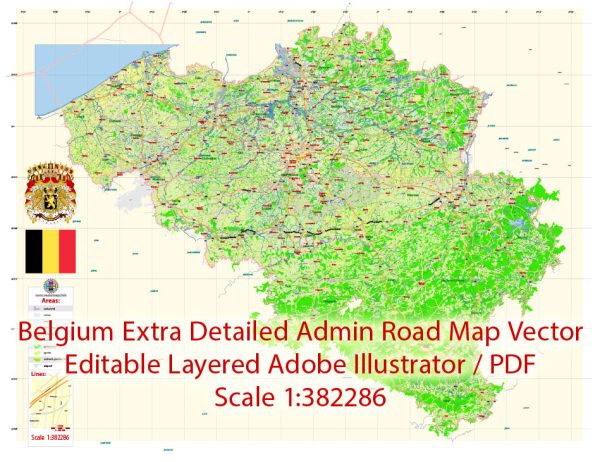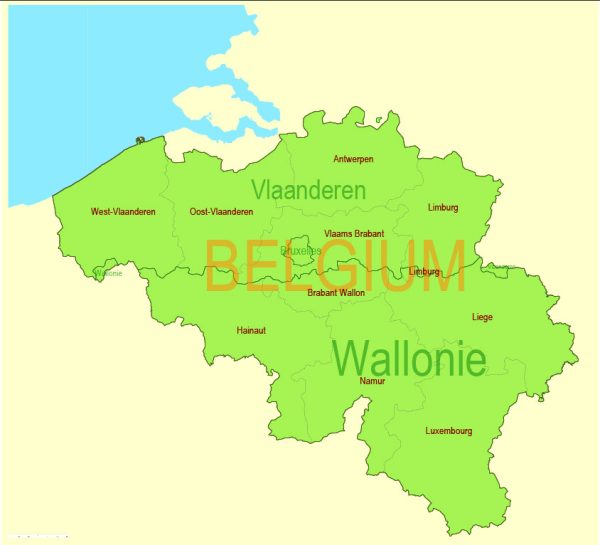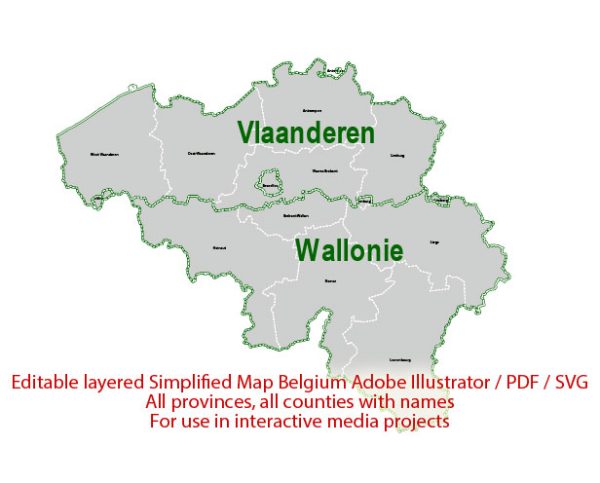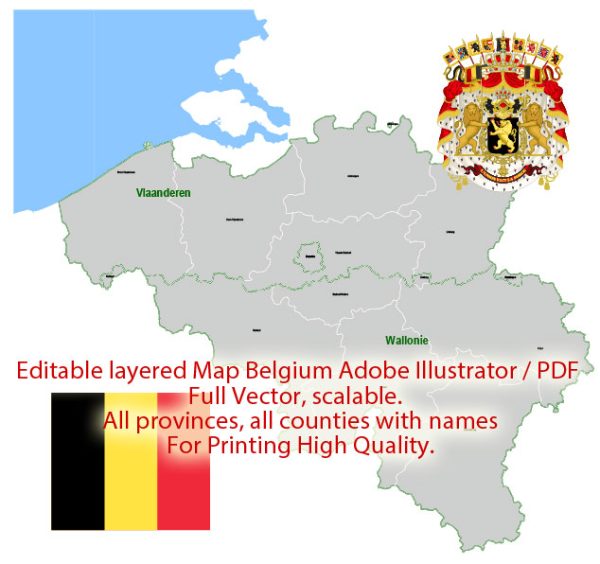Belgium has a rich and diverse history of urban development that spans centuries. The evolution of its cities reflects the country’s complex political, economic, and cultural history. Here’s a brief description of the history of urban development in Belgium:
- Roman and Medieval Periods: The origins of urbanization in what is now Belgium date back to Roman times when several towns and cities were established, including Tongeren and Tournai. During the Middle Ages, many cities grew around castles and monasteries, such as Ghent and Bruges. These cities played vital roles in trade, culture, and politics.
- Burgundian and Habsburg Rule: In the 15th century, the Burgundian and later Habsburg rulers brought wealth and influence to the region, leading to the construction of impressive palaces and city halls, like the Brussels Town Hall and the Palace of the Coudenberg.
- Spanish Netherlands: Belgium was part of the Spanish Netherlands during the 16th and 17th centuries. This period saw the establishment of the military fortifications of cities like Antwerp and the construction of baroque-style buildings and churches.
- French Revolutionary and Napoleonic Eras: The late 18th and early 19th centuries witnessed French rule, which led to urban planning and architectural changes, particularly in Brussels, where neoclassical structures like the Royal Palace and Parc de Bruxelles were constructed.
- Belgian Independence: After gaining independence from the Netherlands in 1830, Belgium saw significant urban expansion. Brussels, as the capital, experienced rapid growth, leading to the development of the European Quarter and the transformation of the cityscape.
- Industrialization: The 19th century also saw industrialization, with cities like Liège and Charleroi becoming industrial hubs. This period brought about the development of industrial districts, worker housing, and transportation networks.
- Art Nouveau: In the late 19th and early 20th centuries, Belgium played a significant role in the Art Nouveau movement, which influenced architectural designs and urban planning. Victor Horta’s Hôtel Tassel in Brussels is a notable example.
- Post-War Reconstruction: World War I and World War II took a heavy toll on Belgium, leading to extensive post-war reconstruction efforts in cities like Antwerp and Leuven. Modernist and functionalist architecture began to influence urban development.
- Contemporary Urban Planning: In recent decades, Belgian cities have focused on urban renewal, sustainability, and preserving historic city centers. Pedestrian zones, green spaces, and public transportation have been promoted to improve the quality of urban life.
- European Integration: As the headquarters of the European Union, Brussels has seen significant urban development related to EU institutions and organizations, including the construction of the Berlaymont building and other EU facilities.
Belgium’s urban development is characterized by a mix of architectural styles and influences, reflecting its complex history. Today, its cities continue to evolve, balancing historical preservation with modern urban planning to create vibrant and sustainable urban environments.





 Author: Kirill Shrayber, Ph.D.
Author: Kirill Shrayber, Ph.D.